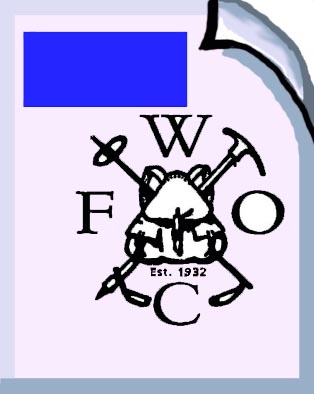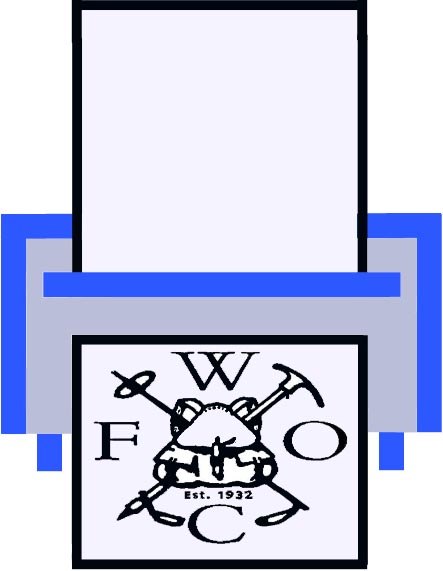
RESOLUTIONS
2008 resolution #13
Home
About the FWOC
Join the FWOC
Member Organizations
Adopted Resolutions
Outdoors West
Officers
Current List of Conservation Developments with Bush Administration
History
Policy Summary
Convention Schedule
Related Links
Site Map
 RES.
NO. 13: SUPPORT ESTABLISHMENT OF BIOLOGICAL CORRIDORS
RES.
NO. 13: SUPPORT ESTABLISHMENT OF BIOLOGICAL CORRIDORS
BACKGROUND:
As more and more open wild land disappears due to development and urban encroachment, plant and animal species become isolated in pockets of limited habitat. Without healthy populations many species gradually die out due to inbreeding. This is a particularly serious problem for large animals that need to range widely. But it is also a problem for many plant species that become isolated. As large bioregions become fragmented and separated, plant and animal species can no longer exchange gene pools to maintain healthy populations. If biological corridors can be maintained, plant and animal species can maintain viable gene pools by remaining in contact and migrating as conditions permit.
A particularly important biological corridor in California provides an example. Four large bioregions overlap in the vicinity of the southern Sierra Nevada north of Los Angeles. The Coast Range, San Joaquin Valley, Mojave Desert and Sierra Nevada bioregions overlap in that area. Two national forests, the Los Padres in the Coast Range and the Sequoia in the southern Sierra Nevada are public lands where native plant and animal species thrive. They are separated by mostly large tracts of private land. An agreement for management of the Tejon Ranch (270,000 acres) has recently been signed by the Tejon Ranch Corporation and several environmental groups that will result in 240,000 acres of the ranch remaining in a natural condition preserving habitat for the plant and animal species found there. The Tejon Ranch is a key property needed to maintain a corridor between the two national forests. Other landowners in the corridor have already signed agreements to maintain their property in a natural condition or are in discussions about the feasibility to do so. A goal has been set to reach agreements with enough private property owners to maintain and improve the biological corridor between the national forests.
The primary tool being used to create a protected corridor is an easement, an agreement between an entity that purchases the easement and the landowner. The landowner maintains title to the property but is paid an agreed upon amount to keep it in a natural and healthy ecological condition in perpetuity. The easements have been purchased by organizations such as the Nature Conservancy and The Trust for Public Lands.
Biological corridors will certainly become more important over time as climate change and development make survival difficult if not impossible for many plant and animal species. If species are able to migrate both spatially and in elevation in response to climate change their chances for survival will be greatly enhanced.
RESOLUTION:
The Federation of Western Outdoor Clubs supports the creation of biological corridors necessary for the survival of many plant and animal species as development and climate change impact their habitats. The Federation supports the use of voluntary easements to establish easements on private land.
Submitted by and Contact:
Resolutions Committee, Joe Fontaine, fontaine@lightblue.net
next >>
